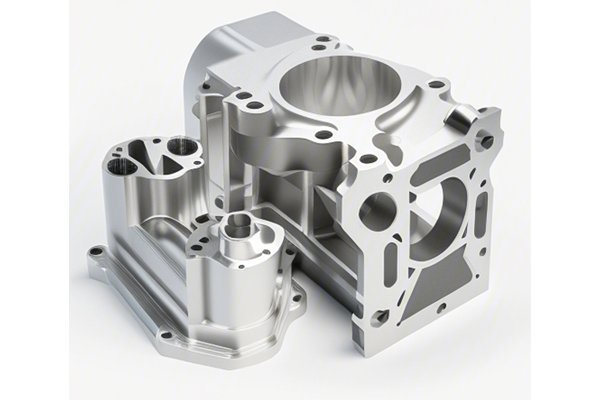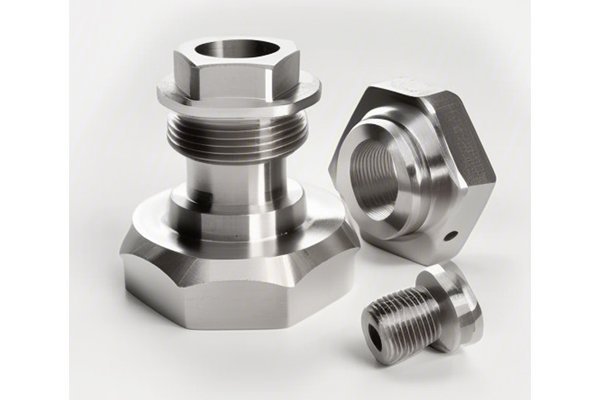Did you know that according to a survey conducted by the National Association of Manufacturers, nearly 75% of manufacturing enterprises face challenges related to product returns? Whether it’s due to defective parts, miscommunication on specifications, or simply changing client needs, businesses must navigate return and exchange processes effectively to maintain profitability and customer satisfaction. For companies relying on CNC machining services, understanding the nuances of return and exchange policies is not just beneficial—it’s essential. In this comprehensive guide, we will explore the intricacies of return and exchange policies in the realm of CNC machining, how these policies benefit both the manufacturer and the client, and a detailed look at how to navigate these processes seamlessly.
What is CNC Machining?
CNC (Computer Numerical Control) machining is a manufacturing process that employs computer-operated machines to create parts and components from a variety of materials, including metals, plastics, and composites. CNC machining can achieve high precision and complexity, making it a popular choice in industries ranging from aerospace to automotive. However, even the best CNC machining services can result in errors, necessitating a clear and efficient return and exchange policy.
The Importance of a Return and Exchange Policy
A well-defined return and exchange policy for CNC machining services is vital for several reasons:
Key Components of a Return and Exchange Policy
When establishing or assessing a return and exchange policy for CNC machining services, consider the following components:
Establish a reasonable period during which clients can initiate returns. Common time frames range from 30 to 90 days post-delivery. Include specifics regarding how the time frame will be enforced and documented.
Clearly define the steps a customer must take to return an item:
Describe the options available for exchanges, such as:

Specify the refund methods available should a return be accepted. Considerations for refunds include how quickly refunds will be processed and whether restocking fees will apply.
Outline the quality assessment process for returns. This includes criteria for evaluating whether an item qualifies for return or exchange.
Steps to Navigate the Return and Exchange Process
Navigating the return and exchange process can be daunting for clients, but it doesn’t have to be. Here’s a detailed step-by-step guide:
Step 1: Review Your Policy
Before initiating a return, clients should review the return policy thoroughly to ensure they understand all terms and conditions.
Step 2: Gather Necessary Information
Clients should have their order number, invoice, and photographs documenting the issue readily available when they contact customer service.
Step 3: Contact the Service Provider
Using the designated communication channels, clients should reach out to the CNC machining service provider. Being concise and providing all necessary information upfront can expedite the process.
Step 4: Prepare the Return Shipment
Once the return or exchange has been authorized, clients should package the item securely to prevent further damage during transit. Including a copy of the original invoice and a note explaining the reason for the return can ensure smooth processing.
Step 5: Track the Return Shipment
Clients should keep a copy of the tracking number. This helps in confirming that the returned product has been received by the service provider.
Step 6: Monitor the Resolution
After the return has been processed, clients should follow up to ensure their issue has been resolved and obtain any relevant documentation regarding refunds or exchanges.
Best Practices for CNC Machining Providers
CNC machining service providers should also implement robust practices regarding their return and exchange policies:
In the ever-evolving landscape of CNC machining, understanding the return and exchange policy is paramount—not just for suppliers but also for clients looking to maintain their production schedules and product standards. Whether dealing with defects or simply needing a change in specifications, a transparent and efficient return process can build trust and loyalty while ensuring operational efficiency.
Remember, the return and exchange policy is more than a formality; it is a vital framework that enables both parties to thrive in a competitive market. As you consider the implications of these policies, recognize that a robust approach not only enhances customer satisfaction but can also elevate the overall quality of your CNC machining services. In this high-stakes industry, it’s worth your time to ensure both clarity and cooperation for the benefit of all.






